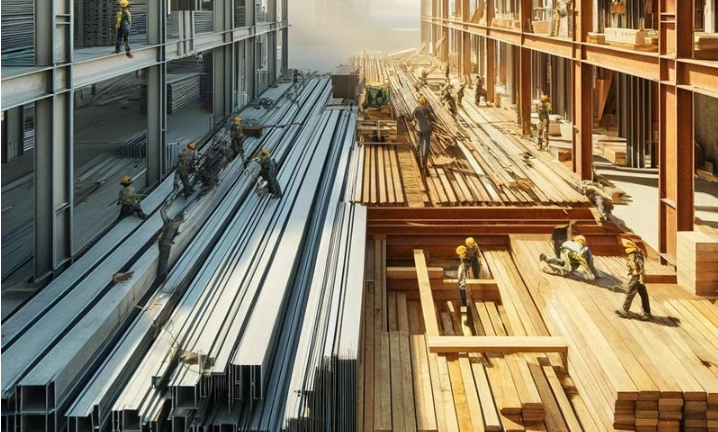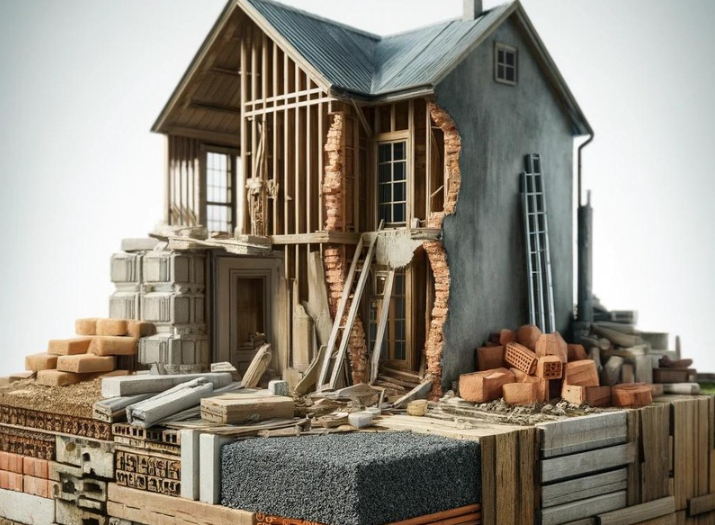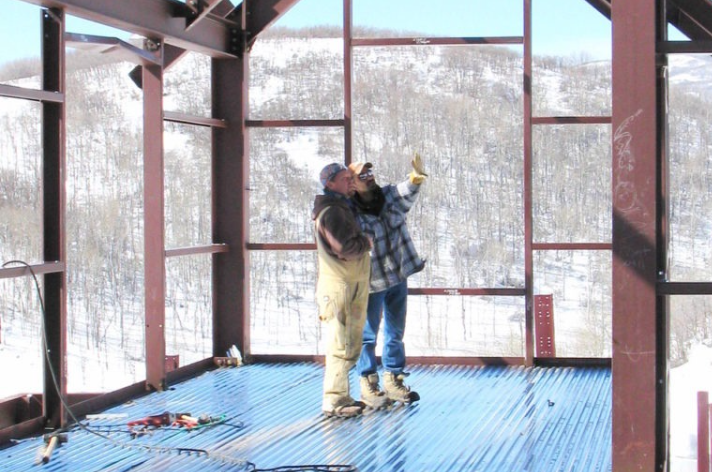Exploring the Environmental Impact: Steel vs. Traditional Building Materials

Introduction
In the quest for more sustainable building practices, the materials used play a pivotal role in determining the environmental footprint of construction projects. This article delves into the comparative environmental impacts of steel and traditional building materials such as wood and concrete, addressing key questions about their sustainability and ecological implications.
What Impact Does Steel Have on the Environment?
Steel is known for its durability and recyclability, which contribute positively to its environmental profile. However, its production is energy-intensive and often involves significant emissions of carbon dioxide and other pollutants. Modern steel-making techniques have focused on reducing these impacts through energy efficiency improvements and the use of renewable energy sources.
Is Steel More Environmentally Friendly Than Wood?
While wood is a renewable resource that absorbs carbon dioxide during its growth, the sustainability of wood as a building material depends on factors like sourcing and forestry practices. Steel, on the other hand, offers greater longevity and can be recycled indefinitely, reducing the need for new raw materials. However, the initial environmental cost of producing steel is higher than that of harvesting wood.
Is Steel Better for the Environment Than Concrete?
Concrete, like steel, has a high environmental impact during production, particularly due to the carbon emissions from cement manufacturing. Steel can be considered more environmentally friendly when taking into account its recyclability and longer lifecycle, which can offset the high energy use in its production over time.
How Does Traditional Construction Affect the Environment?
Traditional construction methods often rely heavily on materials like wood, concrete, and brick, which can have diverse environmental impacts. These range from deforestation and habitat destruction to high greenhouse gas emissions during production. The lack of energy efficiency in older building techniques also contributes to a larger ecological footprint.
What Are the Disadvantages of Traditional Building Materials?

Traditional building materials are frequently criticized for their limited durability and efficiency. Wood may be prone to decay and is less fire-resistant than modern materials like steel. Concrete, while durable, is energy-intensive to produce and contributes significantly to carbon emissions.
What Are the Disadvantages of Traditional Construction?
Conventional construction techniques can be less flexible and less efficient than modern methods. They often require more labor, produce more waste, and are less adaptable to incorporating new technologies that enhance building performance and energy efficiency.
Is Concrete or Steel Worse for the Environment?
Concrete generally has a larger carbon footprint than steel due to the emissions from cement production. While both materials are resource-intensive, steel’s recyclability and potential for reuse across multiple lifecycles can make it a more sustainable choice in the long run.

Is Steel an Eco-Friendly Building Material?
Steel is increasingly regarded as an eco-friendly option, especially when it is sourced from facilities that use electric arc furnaces which can be powered by renewable energy. The ability to recycle steel also lessens the environmental impact of new constructions and demolitions, with proper installation and energy-efficient integration often requiring the expertise of a qualified electrician.
Is Steel Construction Environmentally Friendly?
Steel construction can be environmentally friendly, particularly when integrated with energy-efficient designs and sustainable practices. Its strength and durability allow for structures that are both innovative and capable of reducing waste.
Conclusion
As the construction industry moves towards more sustainable practices, the choice of materials becomes crucial. Steel stands out for its potential to meet environmental goals through its durability and recyclability. For further reading on sustainable practices in building materials, consider the insights offered in “REVOLUTIONIZING CONSTRUCTION: THE RISE OF ENERGY-EFFICIENT BUILDING MATERIALS”.
This exploration of steel versus traditional building materials highlights the complexity of environmental impacts in construction, pointing to the importance of holistic approaches in sustainability evaluations.